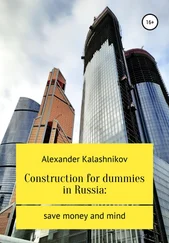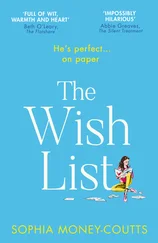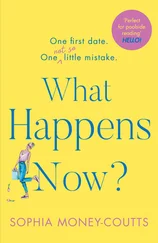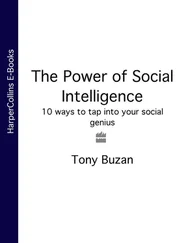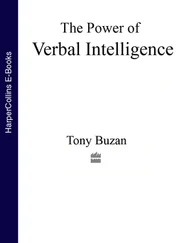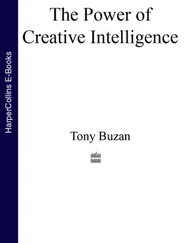 TIP
TIP
In addition to dad and partner pay, families may be eligible for other family assistance such as paid parental leave and the Family Tax Benefit.
 PROPOSED CHANGE
PROPOSED CHANGE
The 2022-23 federal budget has proposed that the 18 weeks of paid primary carer leave and the two weeks of dad and partner pay will be combined into an entitlement of 20 weeks of paid parental leave that can be divided between parents as they choose by 1 March 2023.
Claims must be lodged by the partner who is eligible to receive the payment. You can claim the dad and partner pay up to three months in advance or within a year following your child's birth or adoption. Employers are not required to pay this entitlement as it is solely administered and paid by Services Australia.
Ask the parents of any young child and they will tell you that their biggest expense is child care. If you have a child who is attending child care services approved by, or registered with, the government you may be eligible for the Child Care Subsidy (CCS). You can apply for the benefit at the Family Assistance Office. The amount you receive will depend on the type and amount of care that you use, your income, the reason you are using care and the number of children that you have in care.
 TIP
TIP
If you have identified that you were eligible for the Child Care Subsidy in previous financial years, but have not received it, you can lodge a lump-sum claim with the Family Assistance Office. You must do this within two years of the end of the financial year for which you are claiming.
As can be seen in table 1.3, families with combined adjusted taxable incomes under $70 016 will receive a Child Care Subsidy rate of 85 per cent of the hourly cap depending on the type of child care you use (shown in table 1.4), reducing to 20 per cent for those families with incomes over $344 305 with no subsidy for family incomes over $354 304. The annual cap on the maximum amount of the subsidy that families could receive was abolished since the commencement of the 2021–22 financial year.
TABLE 1.3: child care subsidy rates (2021–22)
Source: Services Australia https://www.servicesaustralia.gov.au/your-income-can-affect-child-care-subsidy?context=41186
| Combined family income |
Subsidy rate (up to hourly rate cap) |
| 0–$70 015 |
85% |
| $70 016–$175 015 |
50%–85% (reducing 1% every $3000) |
| $175 016–$254 304 |
50% |
| $254 305–$344 304 |
20%–50% (reducing 1% every $3000) |
| $344 305–$354 304 |
20% |
| $354 305 and over |
0% |
 TAX FACT
TAX FACT
Since 7 March 2022 the child care subsidy has increased by 30 per cent to a maximum of 95 per cent for the second and subsequent children in child care with no annual cap.
TABLE 1.4: child care hourly rate caps (2021–22)
Source: Services Australia https://www.servicesaustralia.gov.au/type-child-care-you-use-can-affect-child-care-subsidy?context=41186#hourlyrate
| Type of child care |
Hourly rate cap |
| Centre-based day care |
$12.31 per child |
| Family day care |
$11.40 per child |
| After hours school care |
$10.77 per child |
| In-home care |
$33.47 per family |
Given the complexity of the subsidy calculations that flow from tables 1.3and 1.4combined with fluctuating incomes, to reduce the risk of overpayment, Services Australia withholds 5 per cent of your child care subsidy upfront. When you submit your annual tax return, the Department will finalise the annual child care subsidy that was entitled to your family and pay any outstanding amount due to you.
 TAX FACT
TAX FACT
According to Services Australia, you may be eligible to claim the Child Care Subsidy if you:
had a child 13 or under and not attending secondary school
passed the work/training/study test
ensure that your children under seven either meet the Government's immunisation requirements or have an exemption
used approved child care such as long day care, family day care, in-home care, outside school hours care, vacation care and/or some occasional care services.
Parents can claim up to 100 hours of CCS per child per fortnight dependent on passing a work/training/study test. Once eligible, the rebate is paid weekly or fortnightly by Services Australia based on child care attendance information it receives electronically from your service provider. Even if your child is absent from child care, the Child Care Subsidy can still be paid in some situations. You can receive payments for up to 42 absences per financial year, if you are charged for child care. These absent days can be taken for any reason with no evidence required.
 PITFALL
PITFALL
It is important to conservatively estimate your family income for the purposes of the Child Care Subsidy, because if you overestimate it you may need to pay back some or all of what you received during the year (even allowing for the 5 per cent amounts previously withheld by Services Australia).
 PITFALL
PITFALL
Under the No Jab No Pay legislation, if your children (up to the age of 19) do not meet the immunisation requirements then you will not be eligible for Child Care Subsidy. Your child must be fully immunised, on a catch-up schedule or have a valid exemption in order to receive these payments. Note that while conscientious objection is not considered an exemption category, children with verified medical exemptions by a General Practitioner such as medical contraindication, natural immunity or participation in a recognised vaccine study are allowed.
There are a few tax benefits available if you are a low-income earner, such as when you work part time.
The low-income tax offset (LITO) is a tax rebate for individuals on lower incomes. In 2022–23, the LITO will provide a tax rebate of $700 for individuals who earn less than $37 500. The offset is reduced by 5 cents for every dollar that your taxable income exceeds $37 500 up to $45 000. The offset is then reduced by 1.5 cents for every dollar that your taxable income exceeds $45 000, before phasing out entirely at $66 667.
To be eligible for LITO, you must be a resident for tax purposes and lodge a tax return. The ATO will automatically apply this offset to your assessment for you if you're entitled to it. Minors cannot use the LITO to reduce tax payable on their unearned income.
Low and middle income tax offset
In addition to LITO, the government reinstated the low and middle income tax offset (LMITO) in the 2021–22 federal budget for the 2021–22 year only. The 2022–23 federal budget proposed an increase of $420 to LMITO such that it will be an additional tax rebate of $675 for individuals who earn less than $37 000. The offset is increased by 7.5 cents for every dollar to $48 000 and stays at $1500 for taxable incomes up to $90 000. The offset is reduced by 3 cents for every dollar that your taxable income exceeds $90 000, before phasing out entirely at $126 000.
Читать дальше

 TIP
TIP PROPOSED CHANGE
PROPOSED CHANGE TAX FACT
TAX FACT PITFALL
PITFALL
